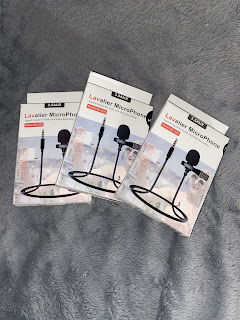Went over a powerpoint in class and took some notes on editing techniques! They'll come in handy later.
Transitions = joins shots together (basically establishes how one shot ends and how the next shot begins)
Cut = when one shot instantly follows another shot
Fade out = occurs when picture is slowly replaced by a black screen or any other solid color (used to end movies)
Fade In = occurs when a solid color slowly begins to show the picture (used to begin movies)
Dissolve/Overlapping = occurs when one shot is gradually replaced by the next shot (used to link two scenes and creates a scene transition)
Wipe = transition between shots (line passes across the screen, which eliminates the first shot as it replaces the next shot), suggests brief difference in time or serves as a connection between two images, not really used anymore with modern cinema
Iris = a wipe that takes the shape of a shrinking or growing circle (used to emphasize a specific detail or to begin a scene)
Matches= techniques that join and divide two shots by making a connection between them
Eyeline match = a shot of a character looking at something and then cuts to another shot showing exactly what the character is looking at
Graphic Match = two successive shots are joined in order to create similarities between compositional elements
Match on Action = cuts two alternative views of the same action together at the same moment in the action (used to make action seem less interrupted), allows same action to be seen from multiple angles (keeps the continuous nature and pace)
Shot Duration = when a shot is extended (you're basically not editing)
Long Take = when a shot continues for a long time before the transition to the next shot
Overlapping Editing = cuts that repeat part or all of an action
Rhythm = the rate and regularity os sounds, series of shots, and movements within the shots (VERY ESSENTIAL BECAUSE IT ESTABLISHES THE MOOD)
Crosscutting/Parallel Editing = when two scenes are alternating simultaneously, but in different locations
Jump Cut = elliptical cut that appears as an interruption of a single shot
Shot/Reverse Shot = when multiple shots are edited together in a way that alternates character to show both sides of a conversation
Superimposition = exposure of more than one image on the same film strip
References:
https://www.nyfa.edu/student-resources/a-beginners-guide-to-film-editing-vocabulary/


















